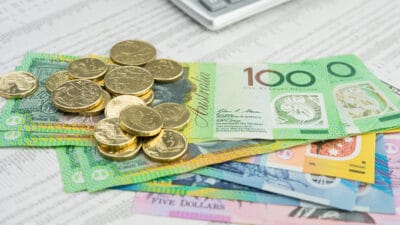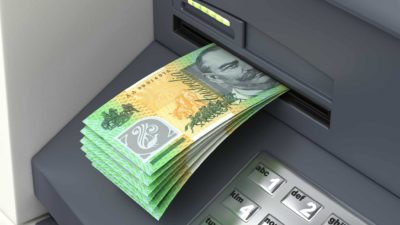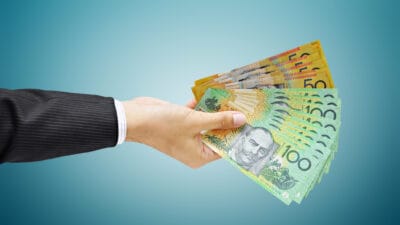National Australia Bank Ltd (ASX: NAB) is one of the biggest dividend payers on the ASX. But should investors buy NAB shares primarily for the dividends?
NAB is one of the largest ASX banks in Australia and among the 'big four' alongside Commonwealth Bank of Australia (ASX: CBA), Westpac Banking Corp (ASX: WBC), and Australia and New Zealand Banking Group Ltd (ASX: ANZ).
The big banks have long had a reputation for being dividend payers. While there were some dividend reductions in 2020 due to COVID-19, payments have been steadily climbing back to pre-pandemic levels.
In its FY22 half-year results, NAB announced an interim dividend of 73 cents per share, which was an increase of 21.7% on the FY21 dividend.
Let's look at the size of the dividends that NAB is expected to pay over the next couple of financial years.
Estimated NAB dividends
According to the dividend estimates on CMC Markets, the big four ASX bank is expected to pay an annual dividend of $1.48 in FY22. This would translate into a grossed-up dividend yield of 7.1% in FY22.
In FY23, the dividend is estimated to grow again to $1.62 per share. On today's NAB share price, that would be a grossed-up dividend yield of 7.75%.
Another increase is expected in FY24. The projected annual dividend is $1.71 per share. This would result in a grossed-up dividend yield of 8.2%.
Each of those dividend yields is quite attractive, in my opinion.
If income was the only thing I was considering, it's not a bad yield at all.
But I don't think that dividends can be looked at in isolation.
NAB share price considerations
I don't think there's much point going for a 7% dividend yield if the share price is likely to fall by at least 7% or more.
I'm looking for ASX shares that can provide both dividend income and capital growth over the long term. A bit of volatility in share prices is unavoidable. Shares are meant to go up and down in the short term.
Interest rates are quickly going higher as central banks including the Reserve Bank of Australia (RBA) try to get on top of inflation.
While this could lead to a higher net interest margin (NIM) for banks, there is also the concern that it could mean more bad debts. How many home loans could go bad? Well, that's up for debate.
The RBA suggests that Aussie households are well-positioned for what comes next because they have collectively saved up during the COVID-19 years. I'm probably a little less confident than the RBA. Aussie households have a lot of debt – but hopefully, loan arrears don't go too high.
Is the bank a buy for dividends?
I think NAB has done well to generate profit growth in recent times. I believe it could keep doing well, but it's not at the top of my own watchlist for dividends.
I'm looking for businesses that can grow their profit at a healthy rate over the long term, while also hopefully continuing to grow their dividends.









